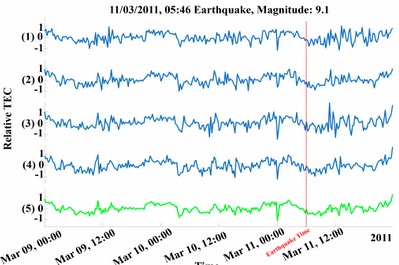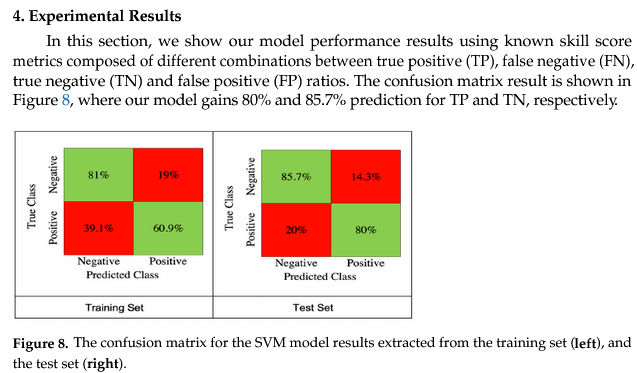dv said:
https://www.researchgate.net/publication/361256521_Using_Support_Vector_Machine_SVM_with_GPS_Ionospheric_TEC_Estimations_to_Potentially_Predict_Earthquake_Events
That’s the weirdest idea I’ve seen in a proper geophys journal for many years.
Looking up article. Yeah, thought so. The basic idea is piezoelectricity, rocks produce an electric charge when squeezed.
The absolute best that you could get out of this, if anything, is to find regions with high geologic stress. Shearing fracture along fault zones is not in itself directly related to high stress because it depends also on the thickness of rock that has to be sheared through in order to produce the earthquake. And magnitude is not strongly related because it depends on the length of the fracture. For example, rock stress along the San Andreas / Howard fault system is increasing almost linearly but that doesn’t tell us when the earthquake will be.
What the article is is a correlation between high ionospheric activity in times of solar quietness (after subtracting the solar component) … there is no check against any other measurements of stresses in rocks, such as measurements of bulging, or cessation of micro-tremors.
No, look, what we have here is a correlation generated by machine learning on random datasets.
The following is a figure from the paper. They are claiming that the ionospheric strength (four lines) predicts the earthquake time. I don’t see any significant correlation.


